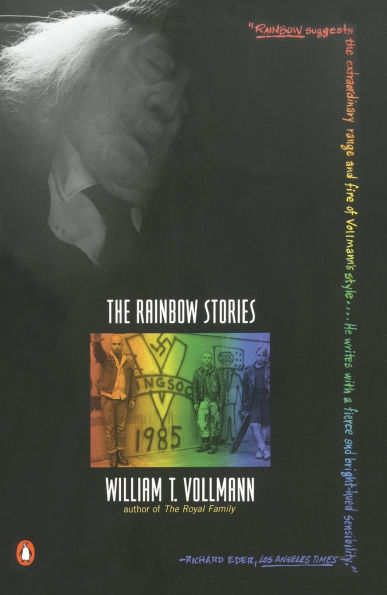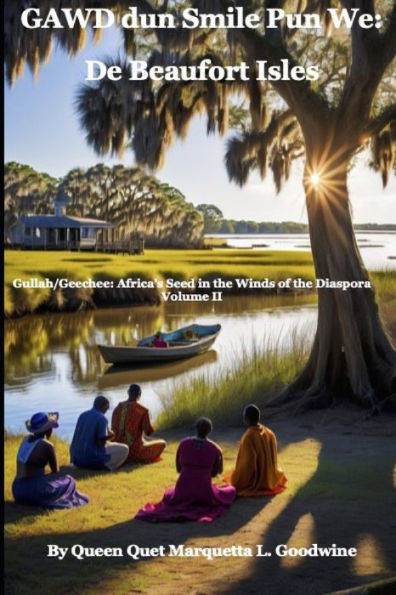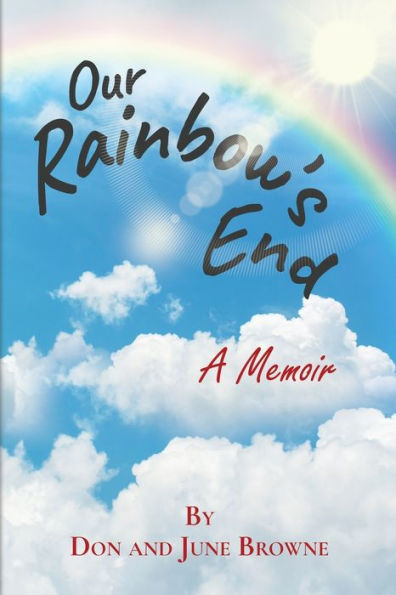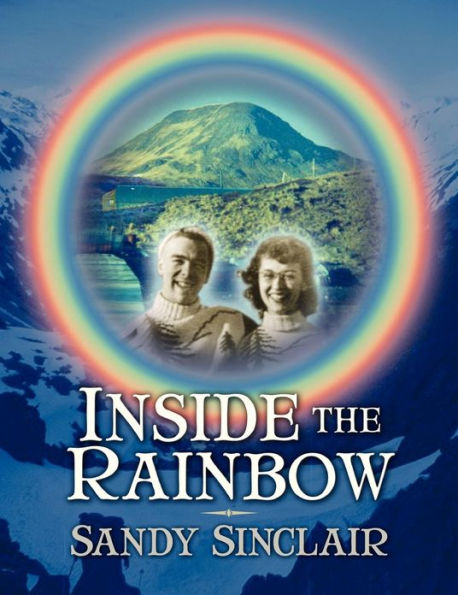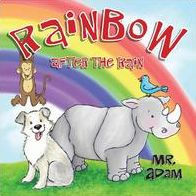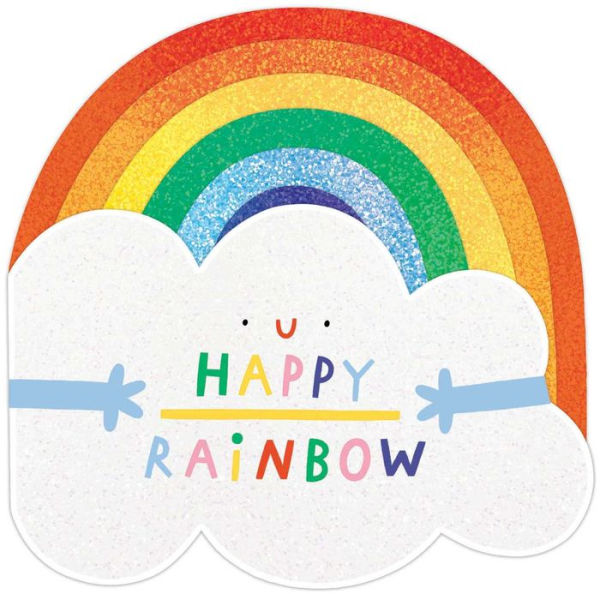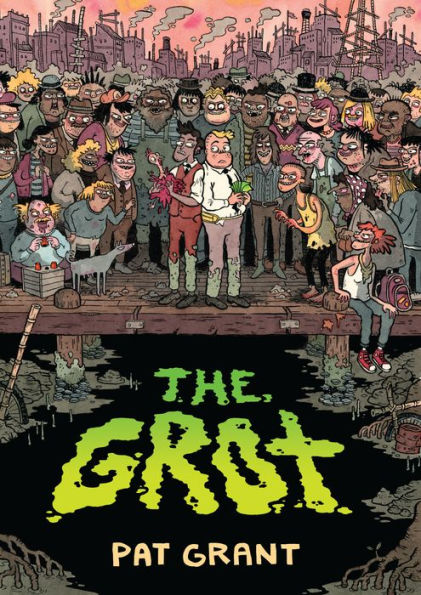Home
the Gullah Geechi WORMS of Rainbow ROW: Rise Jack Black Sheep a Ram's Rebellion: Sweetest Solution to how & Saved city
Barnes and Noble
Loading Inventory...
the Gullah Geechi WORMS of Rainbow ROW: Rise Jack Black Sheep a Ram's Rebellion: Sweetest Solution to how & Saved city in Bloomington, MN
Current price: $22.99

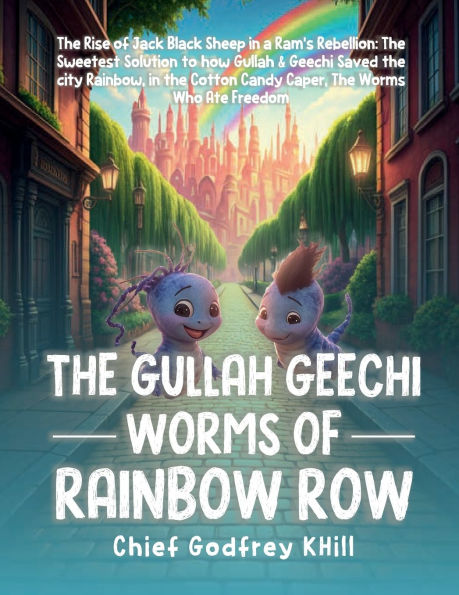
the Gullah Geechi WORMS of Rainbow ROW: Rise Jack Black Sheep a Ram's Rebellion: Sweetest Solution to how & Saved city in Bloomington, MN
Current price: $22.99
Loading Inventory...
Size: Hardcover
The Gullah Geechee Worms of Rainbow Row" by Chief Godfrey Khill is a vibrant and imaginative children's tale that blends elements of Gullah Geechee folklore with a fantastical narrative set in the "Heart-shaped city of Rainbow." The story centers on two Seminole indigo colored cankerworms, Gullah and Geechi, whose journey transforms them into magnificent, rainbow-winged butterflies, symbolizing change and freedom.
The book paints a vivid picture of Rainbow City, a magical place filled with "Weeping Trees" that cry real tears and a "Golden Cobblestone Road" leading to the renowned Rainbow Row. This setting serves as a backdrop for a narrative that explores themes of oppression, liberation, and the transformative power of nature. The Billy goats, representing exploitative figures, rule over the hardworking sheep, who cultivate the city's prized cotton.
Gullah and Geechi, witnessing the sheep's plight, are moved to action. Their consumption of the magical, candy-like cotton leads to their metamorphosis, a pivotal moment in the story. This transformation is not merely a physical change but a symbolic one, representing the potential for change and liberation. The emergence of the rainbow-winged butterflies signifies a shift from oppression to freedom, bringing joy and wonder to the city.
The book paints a vivid picture of Rainbow City, a magical place filled with "Weeping Trees" that cry real tears and a "Golden Cobblestone Road" leading to the renowned Rainbow Row. This setting serves as a backdrop for a narrative that explores themes of oppression, liberation, and the transformative power of nature. The Billy goats, representing exploitative figures, rule over the hardworking sheep, who cultivate the city's prized cotton.
Gullah and Geechi, witnessing the sheep's plight, are moved to action. Their consumption of the magical, candy-like cotton leads to their metamorphosis, a pivotal moment in the story. This transformation is not merely a physical change but a symbolic one, representing the potential for change and liberation. The emergence of the rainbow-winged butterflies signifies a shift from oppression to freedom, bringing joy and wonder to the city.
The Gullah Geechee Worms of Rainbow Row" by Chief Godfrey Khill is a vibrant and imaginative children's tale that blends elements of Gullah Geechee folklore with a fantastical narrative set in the "Heart-shaped city of Rainbow." The story centers on two Seminole indigo colored cankerworms, Gullah and Geechi, whose journey transforms them into magnificent, rainbow-winged butterflies, symbolizing change and freedom.
The book paints a vivid picture of Rainbow City, a magical place filled with "Weeping Trees" that cry real tears and a "Golden Cobblestone Road" leading to the renowned Rainbow Row. This setting serves as a backdrop for a narrative that explores themes of oppression, liberation, and the transformative power of nature. The Billy goats, representing exploitative figures, rule over the hardworking sheep, who cultivate the city's prized cotton.
Gullah and Geechi, witnessing the sheep's plight, are moved to action. Their consumption of the magical, candy-like cotton leads to their metamorphosis, a pivotal moment in the story. This transformation is not merely a physical change but a symbolic one, representing the potential for change and liberation. The emergence of the rainbow-winged butterflies signifies a shift from oppression to freedom, bringing joy and wonder to the city.
The book paints a vivid picture of Rainbow City, a magical place filled with "Weeping Trees" that cry real tears and a "Golden Cobblestone Road" leading to the renowned Rainbow Row. This setting serves as a backdrop for a narrative that explores themes of oppression, liberation, and the transformative power of nature. The Billy goats, representing exploitative figures, rule over the hardworking sheep, who cultivate the city's prized cotton.
Gullah and Geechi, witnessing the sheep's plight, are moved to action. Their consumption of the magical, candy-like cotton leads to their metamorphosis, a pivotal moment in the story. This transformation is not merely a physical change but a symbolic one, representing the potential for change and liberation. The emergence of the rainbow-winged butterflies signifies a shift from oppression to freedom, bringing joy and wonder to the city.
